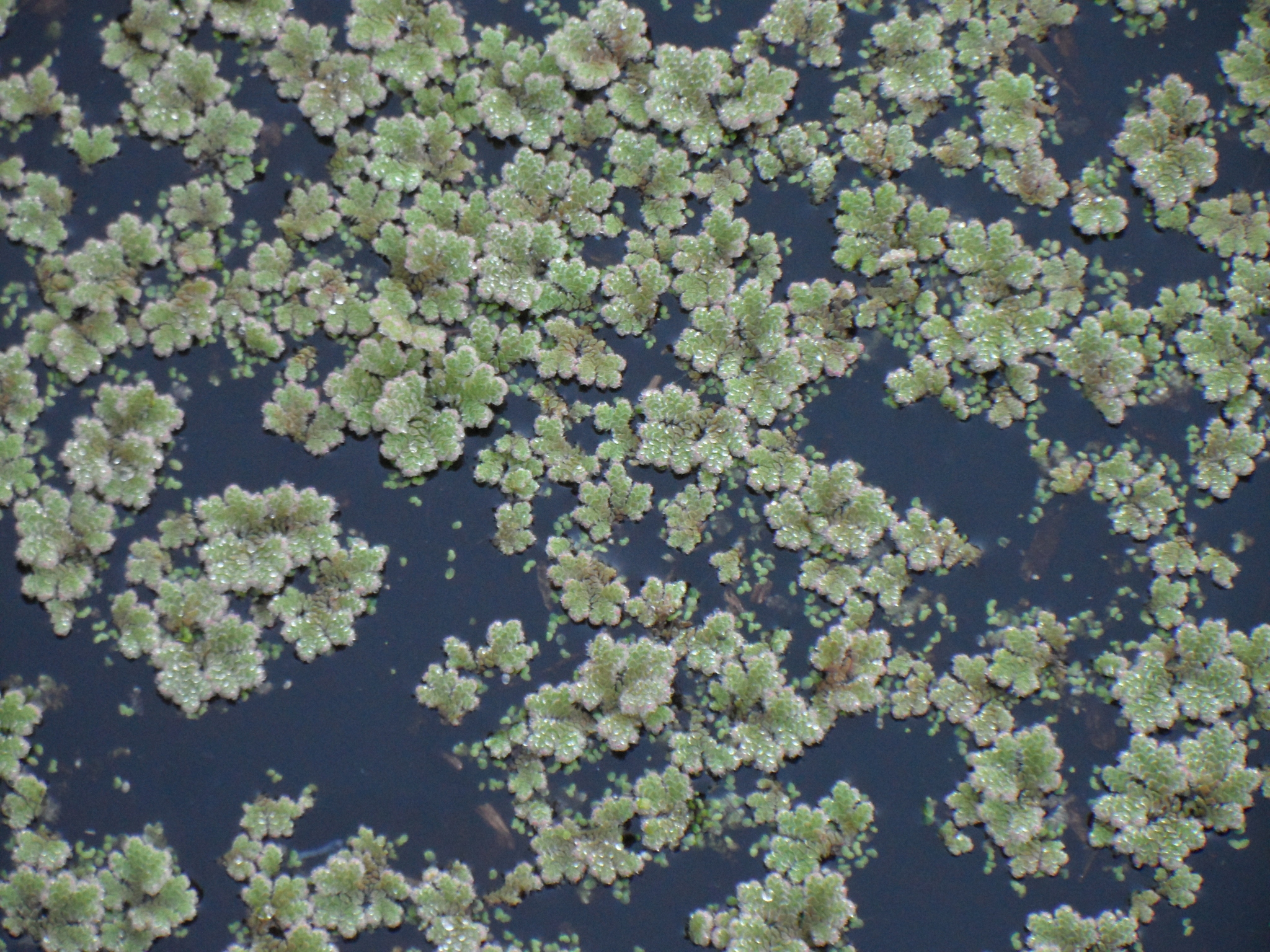
Plants free-floating. Stems short, slender, dichotomously branched, roots absent (Salvinia), or roots present (Azolla). Leaves sessile, alternate small (ca. 1-25 mm long), round to oblong, entire; veins free (Azolla) or anastomosing (Salvinia). Sori consisting of megasporangia or microsporangia enclosed by an indusium, borne on submerged leaf or in axil of submerged lower leaf-lobe.
Both genera grow naturally often in stagnant or brackish water, sometimes forming extensive floating mats. Members of both genera reproduce rapidly by fragmentation.
Azolla and Salvinia were previously regarded as belonging to separate families.
A family of 2 genera, 16 species, both represented in Australia, Salvinia introduced into Australia.
Subcosmopolitan, mostly from America and Asia.
Vegetative by division of stems.
Smith, A.R., Pryer, K.M., Schuettpelz, E., Korall, P., Schneider, H. & Wolf, P.G. (2006). Taxon 55 (3):705-731.
Source: (1995). Salviniaceae. In: . Horticultural Flora of South-eastern Australia. Volume 1, Ferns, conifers & their allies. The identification of garden and cultivated plants. University of New South Wales Press.
Updated by: Val Stajsic, March 2018
